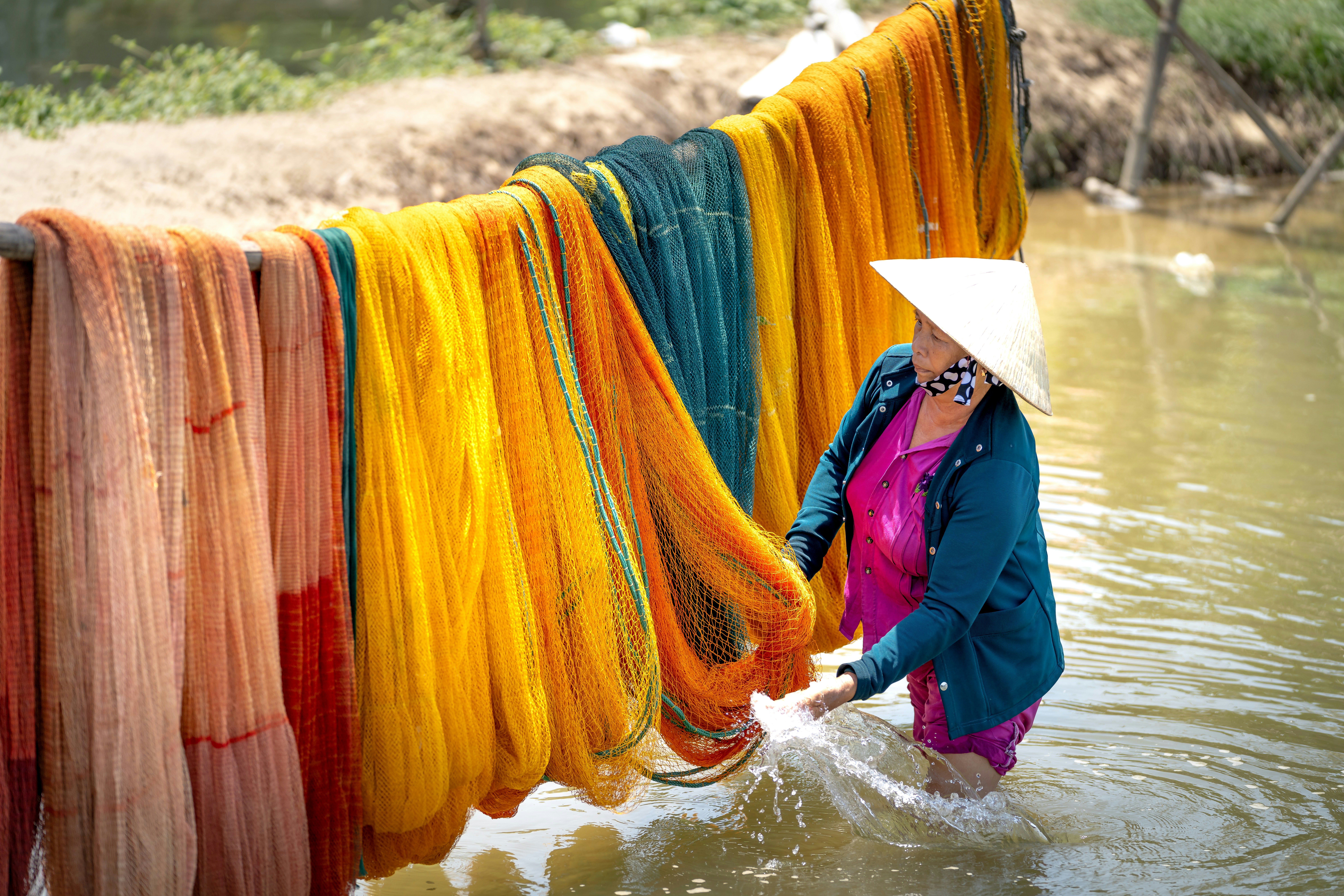
Sarees are a symbol of elegance and grace, cherished across generations in many cultures. Whether it’s a silk Kanjeevaram, a delicate chiffon drape, or an intricately embroidered Banarasi saree, each type requires special care to maintain its beauty and longevity. One of the most effective ways to preserve your saree is by opting for professional dry cleaning. But why should you dry clean your sarees, and which ones require it the most? This ultimate guide will answer all your questions.
Why Dry Cleaning is Essential for Sarees
1. Preserves Delicate Fabrics
Many sarees are made from delicate materials like silk, georgette, chiffon, and organza. These fabrics can easily get damaged if washed with water and regular detergents. Dry cleaning ensures that the fabric remains intact, preventing shrinkage and damage.
2. Removes Stubborn Stains Without Damage
Home washing may not be effective for removing tough stains like oil, ink, or makeup from a saree. Dry cleaning uses special solvents that lift stains without harming the fabric or embroidery.
3. Maintains Color and Embroidery
Traditional sarees often have intricate zari (gold and silver threads), beads, or sequins. Water washing can dull these embellishments. Dry cleaning helps retain the vibrancy and sparkle of the fabric and decorative elements.
4. Eliminates Odors and Bacteria
Long-term storage, sweat, and occasional spills can cause sarees to develop unpleasant odors. Dry cleaning effectively removes bacteria, allergens, and any lingering smells, ensuring freshness.
5. Extends the Lifespan of the Saree
Sarees are often heirlooms, passed down through generations. Dry cleaning prevents wear and tear, ensuring the saree remains in excellent condition for years.
Types of Sarees That Require Dry Cleaning
1. Silk Sarees (Banarasi, Kanjeevaram, Mysore Silk, Tussar, etc.)
Silk is a delicate fabric that can shrink, lose its sheen, and weaken when exposed to water. Dry cleaning preserves its luster and structure.
2. Chiffon and Georgette Sarees
These lightweight, sheer fabrics are prone to tearing and color fading when washed at home. Dry cleaning ensures they stay soft and maintain their original texture.
3. Organza and Tissue Sarees
These fabrics are highly delicate, often combined with embroidery or metallic threads. Dry cleaning prevents damage and keeps the saree crisp and fresh.
4. Heavily Embellished Sarees (Zari, Beads, Stones, and Sequins)
Sarees with intricate embroidery, sequins, and embellishments need extra care, as machine washing or hand washing can cause threads to loosen. Dry cleaning ensures the embellishments remain intact.
5. Cotton and Linen Sarees with Heavy Embroidery
While simple cotton sarees can be hand-washed, heavily embroidered cotton sarees require dry cleaning to prevent embroidery damage and fabric distortion.
6. Velvet and Brocade Sarees
These luxurious fabrics are delicate and prone to damage when exposed to water. Dry cleaning keeps them in pristine condition.
How Often Should You Dry Clean a Saree?
- Occasionally Worn Sarees: Dry clean them after every wear to prevent dust and stains from settling.
- Frequently Worn Sarees: For casual sarees, dry cleaning every 3–4 wears is sufficient.
- Stored Sarees: If a saree is stored for a long period, dry clean it once every 6–12 months to maintain freshness and prevent mildew.
Tips for Maintaining Sarees After Dry Cleaning
1. Store Properly
Always store dry-cleaned sarees in muslin cloth or breathable garment bags to prevent dust accumulation and fabric yellowing.
2. Avoid Plastic Covers
Plastic traps moisture, leading to fabric damage and odor formation. Use fabric bags instead.
3. Use Neem Leaves or Camphor
Place neem leaves or camphor sachets in the storage space to prevent pests and maintain freshness.
4. Fold Along Different Creases
To avoid permanent crease marks, refold sarees along different lines every few months.
5. Avoid Direct Sunlight
Store sarees in a cool, dark place to prevent color fading.
Choosing the Right Dry Cleaner
1. Look for a Specialist
Not all dry cleaners are equipped to handle sarees. Choose a cleaner experienced in dealing with delicate fabrics.
2. Ask About Cleaning Solvents
Ensure they use gentle, fabric-friendly solvents that won’t damage embroidery or embellishments.
3. Check Reviews
Go through customer reviews to ensure the dry cleaner has a good track record of handling sarees carefully.
4. Discuss Stain Removal Techniques
If your saree has a stain, mention it beforehand so they can use the appropriate cleaning method.
Conclusion
Dry cleaning is a crucial step in preserving the beauty and longevity of your sarees. From silk to velvet, heavily embellished to lightweight georgettes, each saree benefits from the gentle, professional care of dry cleaning. By understanding which sarees need dry cleaning and following proper maintenance techniques, you can ensure your treasured sarees remain stunning for years to come. Choose a professional dry cleaner wisely, and take the right storage precautions to keep your sarees as elegant as the day you bought them.






